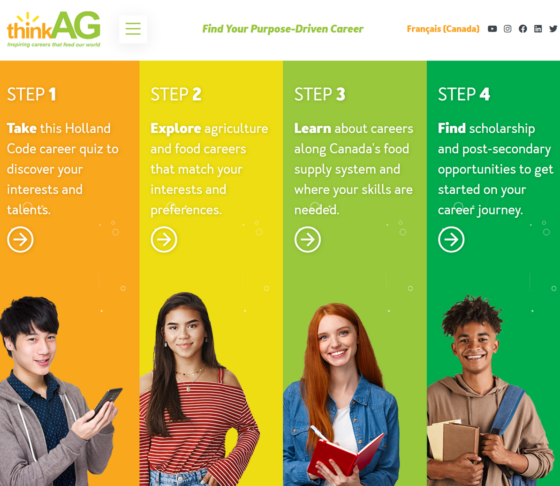ThinkAG
Unsure about your career path? ThinkAG can help!

Note: World population is complex. The United Nations says it is likely that our population reached eight billion in late 2022, but some algorithms from other credible sources like this counter have not reached eight billion yet.

This video series is generously provided by Alberta WaterPortal Society to learn more about the interactions between water users and the water nexus.
Water from the river is needed for many different uses, including communities, agriculture, energy production, and healthy ecosystems. It is essential to work together to balance those many uses with the amount of water available.
The many water users who share the local watershed are connected in complex ways. Not only do we all share the same water source, we also share energy that is produced in this region, and we rely on the local land for agriculture and many economic activities. Coordinating together is important for sharing these many resources.
Water quality is supported by management practices by farmers and agriculture produces. Your local watershed supports many different users and activities, and the practices of everyone in the watershed can help or hinder the water quality in the river.
Our natural environment provides clean water, clean air, and many other essential services that we often take for granted. We all have to work to keep our natural environment, and especially our rivers and lakes healthy.
Water is used to grow food and to produce energy, water is also needed by people for drinking, cleaning, and many other activities. As the population of people grows in cities and around the world, more food, energy and water will be required. Improvements in efficiency and reducing waste in all three of these sectors is a key strategy to address the challenges of limited available water.
This is a great supplementary resource to Lesson 3: Water

snapAG is a series of resources created by Agriculture in the Classroom Canada.
These short, infographic style documents invite students and teachers alike to explore the hot topics affecting the agriculture industry today. Topics range from organics, biotechnology, GMOs, livestock, and more!